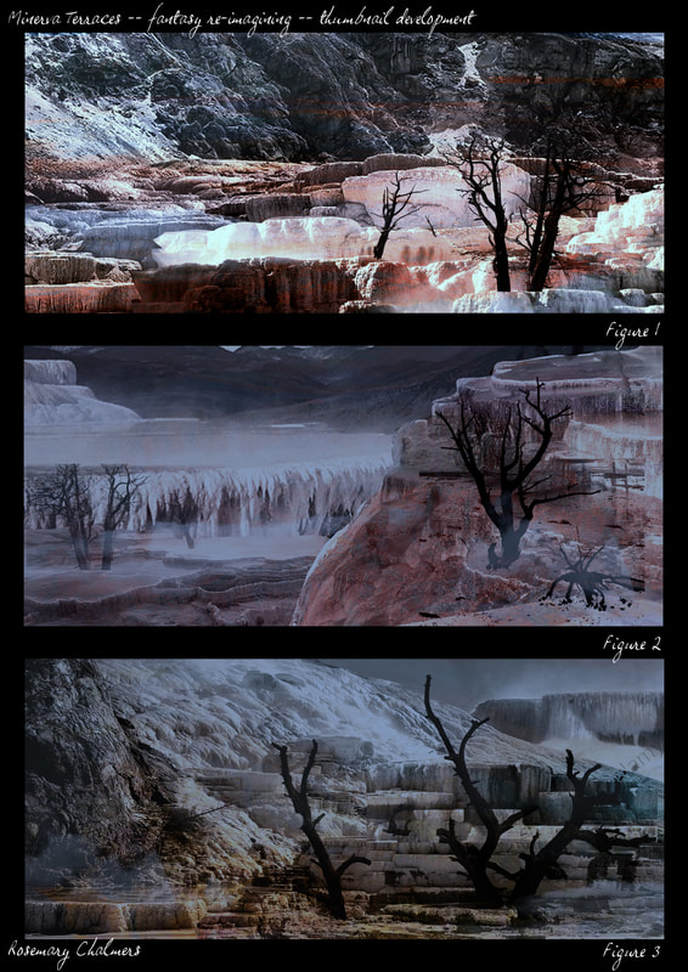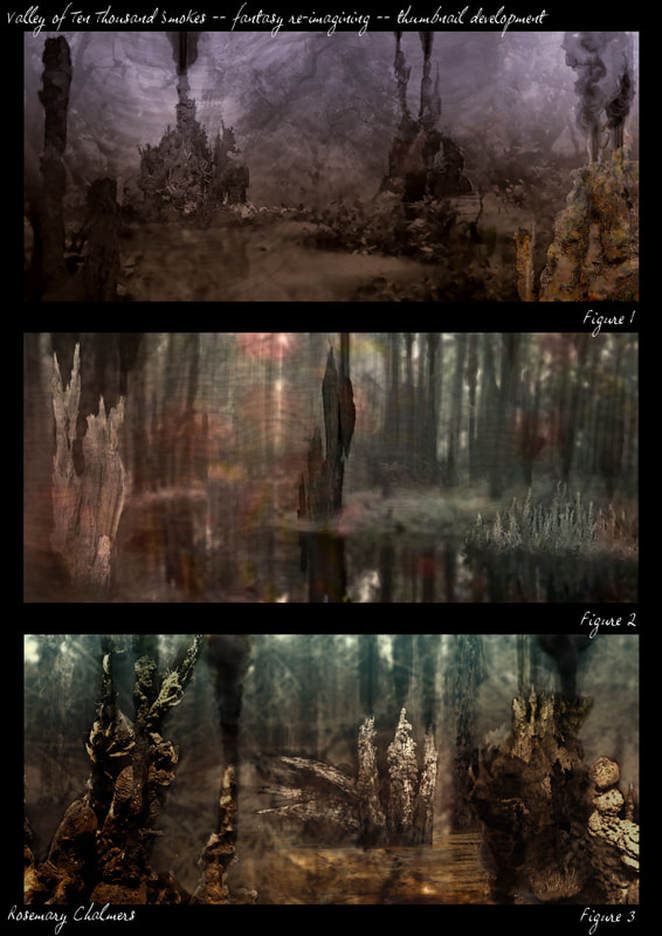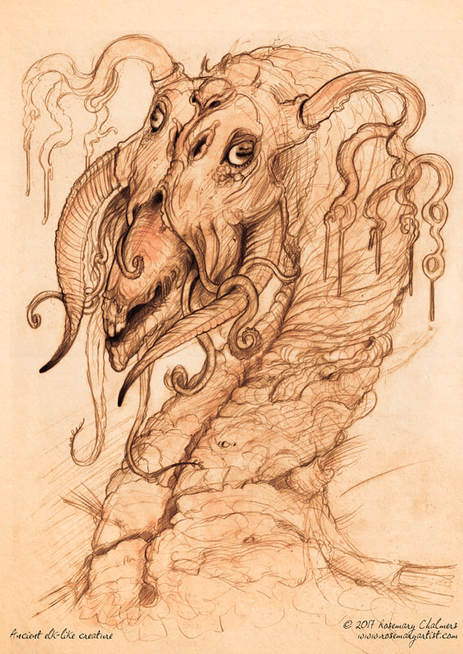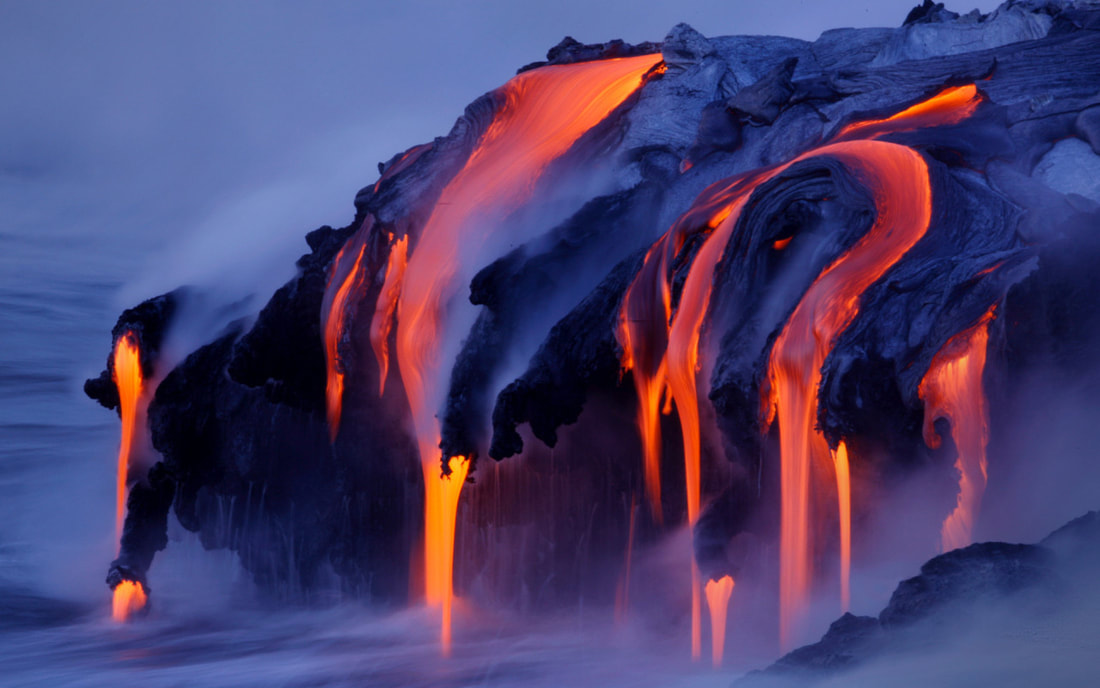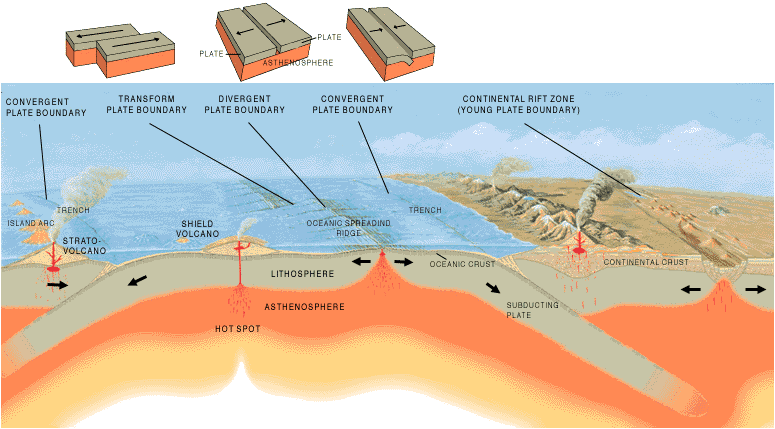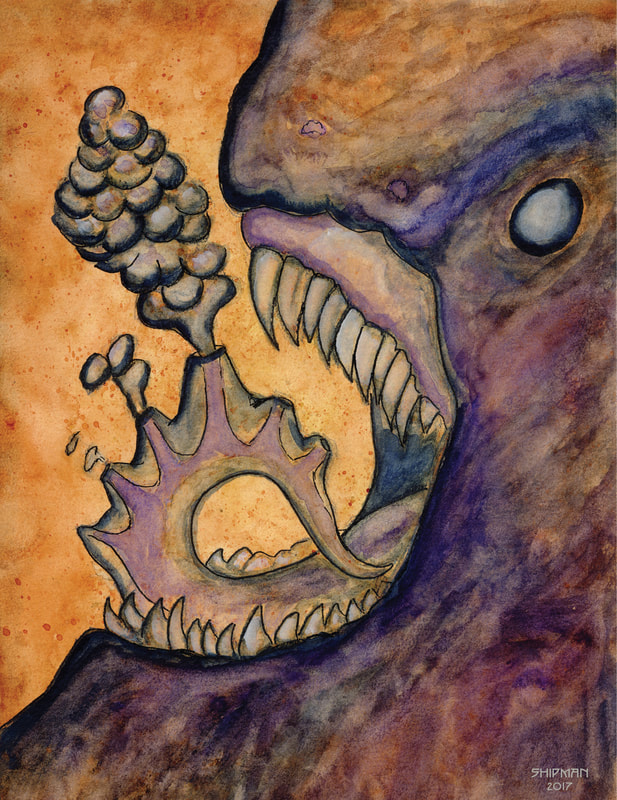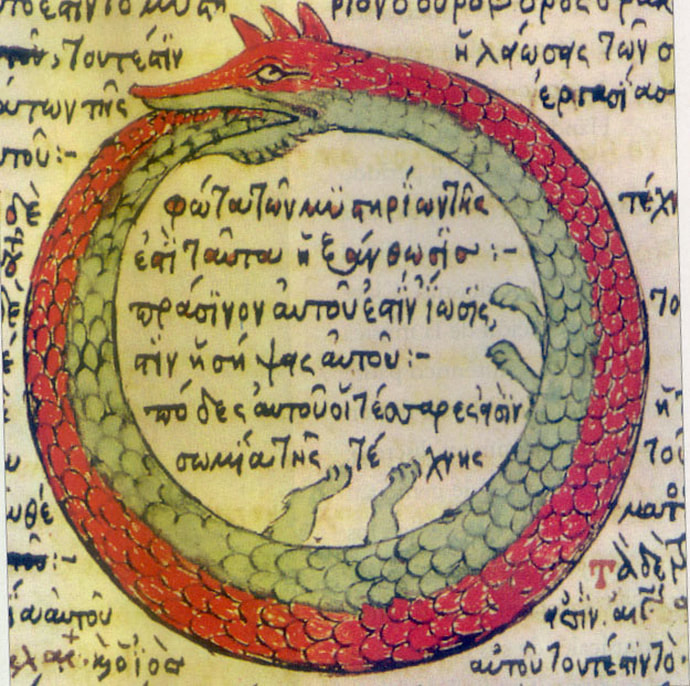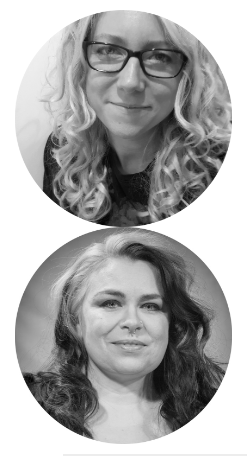|
Rosemary Environment Development Over the past few weeks, Jill and I have been working towards the AGU conference poster presentation. To give our world a better sense of place we have been developing distinct environments to set the story. I have initially used a photo-manipulation technique to produce thumbnail ideas for the two main environments. They are fantasy re-imaginings of Minerva Terraces and The Valley of Ten Thousand Smokes. Closing Thoughts: an iterative process Jill, in her blog post this week, has described the iterative process we have adopted in developing our ideas for these and the project in general. Whether due to the looming deadline for the AGU conference or the weekly (sometimes twice weekly) meetings between Jill and I, we are beginning to see our ideas take shape. I am excited to hear from Jill the response to our work being presented next week! Jill Hello All, This week has been really busy. Rose and I have been working on a lot in preparation for the AGU conference. We have been working on environmental settings for our creatures, developing the dramatic story further, creating a workflow of our process, and putting it all in a presentation for next week. So far, we have two terrains: 1) One where the animal sleeps and makes its home - inspired by the Minerva Terraces at Yellowstone National Park. 2) The other is where it feeds, this is a hotter environment inspired by a merge of hydrothermal vents, swamps, and The Valley of Ten Thousand Smokes, Katmai National Park. Rose will share with you the environment thumbnails in her blog post. I’m really loving how these are developing. We have been working everything in an iterative process, the science and the story informs the creature and environment design, those in turn lead to more science questions, a refining the plot, and a more thorough exploration of the creature and environment design. It’s a great feed-back loop, at times quite non-linear but I’ve found this approach to our collaboration really invigorating. I always feel full of ideas and excitement after our weekly (if not twice weekly) meetings. Over the weekend, I attended a world building workshop for science fiction and fantasy writers hosted by Fairbanks Arts Association with award-winning science fiction writer, David Marusek. Some of the areas of world building that we explored included: What are the laws of physics or rules of magic that govern your world? What other “rules” does your world enforce? What variety of “people” inhabit your world? What sort of governments, religions, and economies dominate your world? What cultures exist in your world? How are they similar to each other? Different? I’ll be sharing elements of the short story “Environment 651” soon. It’s been a messy road and hard to share pages of rambling thoughts and finding connections. When I set the challenge to do a short story using dramatic writing techniques I didn’t realize what I was getting us into! I do think the journey has been very worthwhile though. Until next week! -Jill Week 11: Rosemary & Jill Rosemary Since settling on the focus of speculative-fiction and ‘what if’ creatures I have felt much more productive! Inspired by an idea Jill suggested during our meetings last week, I attempted to incorporate more volcanic textures and forms into my development of the elk-like creature. This could be thought of as a response to Jill’s monstrous ouroboros-like creature. Further development of the Elk-like creature I took forward the sketch from last week (week 10: Figure 3), developing the bald muzzle, tusks and the sensitive tentacles. This time I added textural elements from the electron microscopic images of hydrothermal worms (shared in week 9). These can be seen on the muzzle and on the neck. I also added elements from lava flows. For example, the ‘antlers’ are branching in a pattern reminiscent of the flows in the image below. Closing thoughts: volcanic environments personified After seeing Jill’s monstrous creature that constantly consumes itself - a meditation on the fear of the deep, weird fiction, and the volcano-tectonic processes at plate boundaries - I am inspired to create creatures that are more like personifications of their environments rather than just adapted to them. I will try some more creatures synthesizing volcanic environmental features next week. Happy Thanksgiving to all my American friends! Jill Hello All, I’ve been prepping for the meeting in December and thinking more about how the intersection of science and art can be explored in many different ways. Some include visualizing data, others communicating science, but there are much broader approaches that can be included within this framework. I’m finding through our collaboration my own definition has expanded. I appreciate that this residency really focuses on process and that the real benefit is in the shared exploration of ideas. Through art and speculative-fiction Rose and I aim to view the world through a different lens, encouraging scientific inquiry into the unknown by investigating what- ifs. This week, as part of my drawing class, I tried my hand at creating a monstrous creature. I started with the Pompeii worm and the scanning electron microscopy images of hydrothermal worms that Rose shared last week. I incorporated the idea of worms that have adapted to the extreme heat, pressure, and chemical compositions and paired it with the large-scale geodynamic forces behind volcanism and plate tectonics. Through free drawing exercises, I created a formidable yet playful creature that is a meditation on the fear of the deep, weird fiction, and the volcano-tectonic processes at plate boundaries. It is the Earth both generating new crust through volcanism and recycling it through subduction. The creature is consuming itself, similar I thought, to the ancient symbol of the ouroboros. The ouroboros is depicted as a serpent or dragon eating its own tail representing nature’s cycle of creation through destruction. I think the cycle of renewal represented by the ouroboros could be a grounding universal concept in the story. At this point I’m not sure exactly where it will lead but that is part of the fun.
I will look forward to exploring these ideas further with Rose over the Thanksgiving holiday. Hope you enjoy yours! Until next week.
0 Comments
Leave a Reply. |

